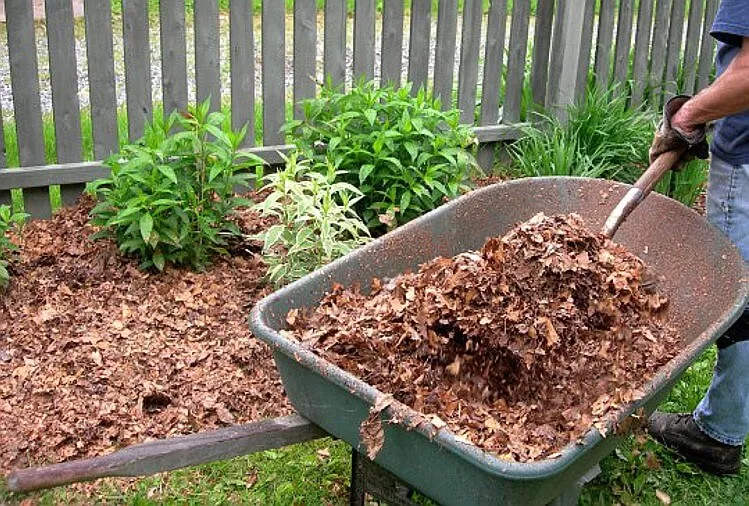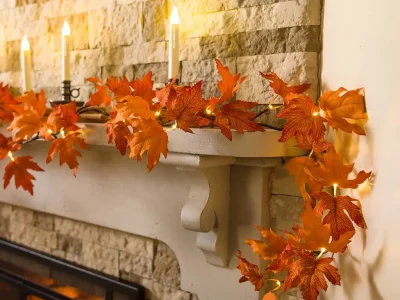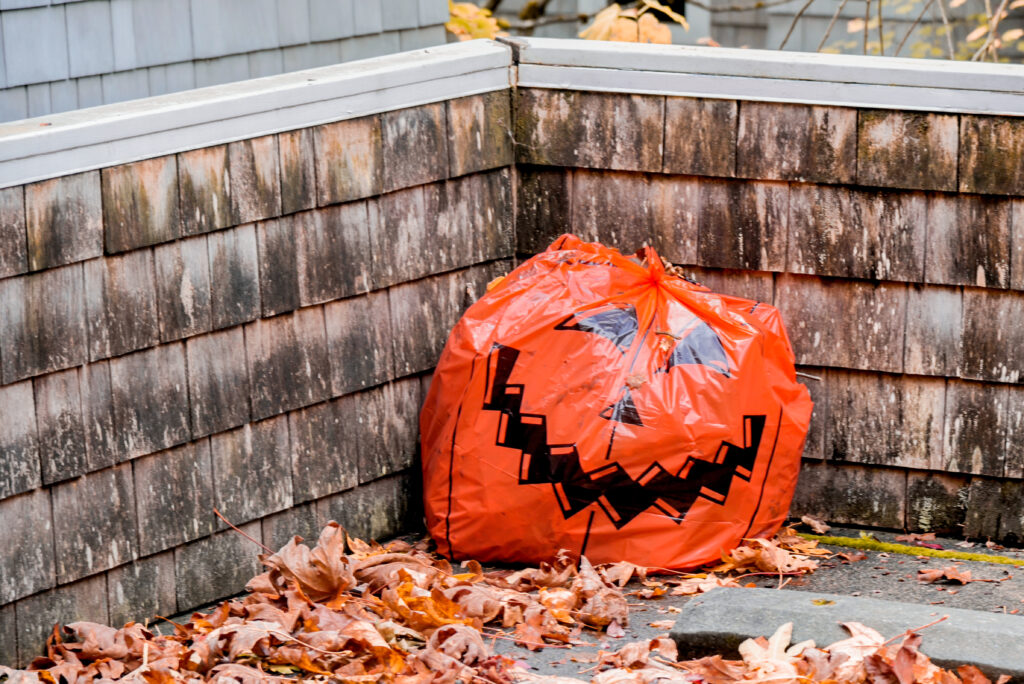Table of Contents
1) Leaf Art
Creating leaf art is a delightful way to showcase the beauty of autumn. Consider these options:
– Leaf Rubbings: Place a leaf under a sheet of paper and gently rub a crayon or pencil over it. The leaf’s intricate veins and shape will transfer onto the paper, making a beautiful and detailed image.
– Leaf Pressing: Collect different types of leaves, place them between the pages of a heavy book, and let them dry for a few weeks. You can frame the pressed leaves as unique decor or use them in other craft projects.
– Leaf Collages: Arrange pressed leaves into artistic compositions or mix them with other natural materials like pine cones, acorns, or twigs for three-dimensional collages.
– Leaf Painting: Get out your watercolors or acrylic paints and turn leaves into miniature canvases. You can create leaf portraits, landscapes, or abstract art with the vibrant colors of fall.
2) Natural Mulch
Shredded leaves can be used as natural mulch in your garden or yard. This repurposing method offers several benefits:
– Soil Enrichment: As leaves decompose, they release essential nutrients into the soil, improving its fertility and structure.
– Weed Suppression: A layer of leaf mulch helps prevent weed growth, reducing the need for chemical herbicides or frequent weeding.
– Moisture Retention: Mulch helps the soil retain moisture, reducing the need for frequent watering in your garden.

3) Leaf Compost Bags
Resuable compost bags with leaves are an eco-friendly solution for managing yard waste:
– Materials: You can use reusable bags made of natural materials, or make your own from old burlap sacks or fabric.
– Assembly: Fill the bags with leaves and other yard waste. These bags can be easily transported to your compost pile, reducing the need disposable plastic bags and making the composting process more sustainable.
4) Compost Material
Leaves are an excellent addition to your compost pile:
– Carbon Balance: Leaves are rich in carbon, balancing the nitrogen-rich materials in your compost heap like kitchen scraps.
– Nutrient-Rich Compost: As leaves decompose, they create nutrient-rich compost that can be used to improve soil fertility in your garden the following season.
5) Leaf Garland
Leaf garlands are a charming way to decorate your home for autumn:
– Materials: You’ll need twine or string and dried leaves.
– Assembly: Thread the twine through the stems of the leaves, spacing them out evenly. You can mix leaf types or create garlands.
– Decorative Use: Hang your leaf garland on a mantle, along door frames, or as part of your Thanksgiving table centerpiece.

6) Leaf Bowl
Creating leaf bowls can be a fun and unique craft project:
– Materials: You’ll need dried, sturdy leaves, a ballon, and craft glue.
– Assembly: Inflate the balloon and cover it with a layer of glue. Overlap the leaves on the blued surface and let them dry. Once dry, pop the balloon and remove it, leaving you with a leaf bowl.
– Use: These decorative leaf bowls can hold potpourri, candles, or other small items, adding a touch of nature to your home decor.
7) Leaf Stencils
Leaf stencils allow you to incorporate the outdoors into your creative projects:
– Materials: Choose a large leaf with an interesting shape and some paper or fabric.
– Use: Place the leaf on your chosen surface and use spray paint or a sponge to create leaf-shaped designs. This is an excellent way to add a natural touch to your home decor or DIY clothing projects.
8) DIY Leaf Wreath
Design your own autumn wreath using dried leaves:
– Materials: You’ll need a wreath form, dried leaves, and hot glue.
– Assembly: Attach the leaves to the wreath form using hot glue, overlapping them to create a full and textured appearance. Add seasonal embellishments like pine cones, or ribbon to complete the look.
9) Nature's Classroom
Utilize fallen leaves as educational tools for children:
– Leaf Identification: Teach kids about different tree species by collecting leaves and helping them identify each type. This activity can encourage an appreciation for nature and its diversity.
– Science Projects: Leaves can be used to explain photosynthesis, the changing of seasons, or the science of decomposition. Engaging in hands-on activities with leaves can make these concepts more tangible for young learners.



